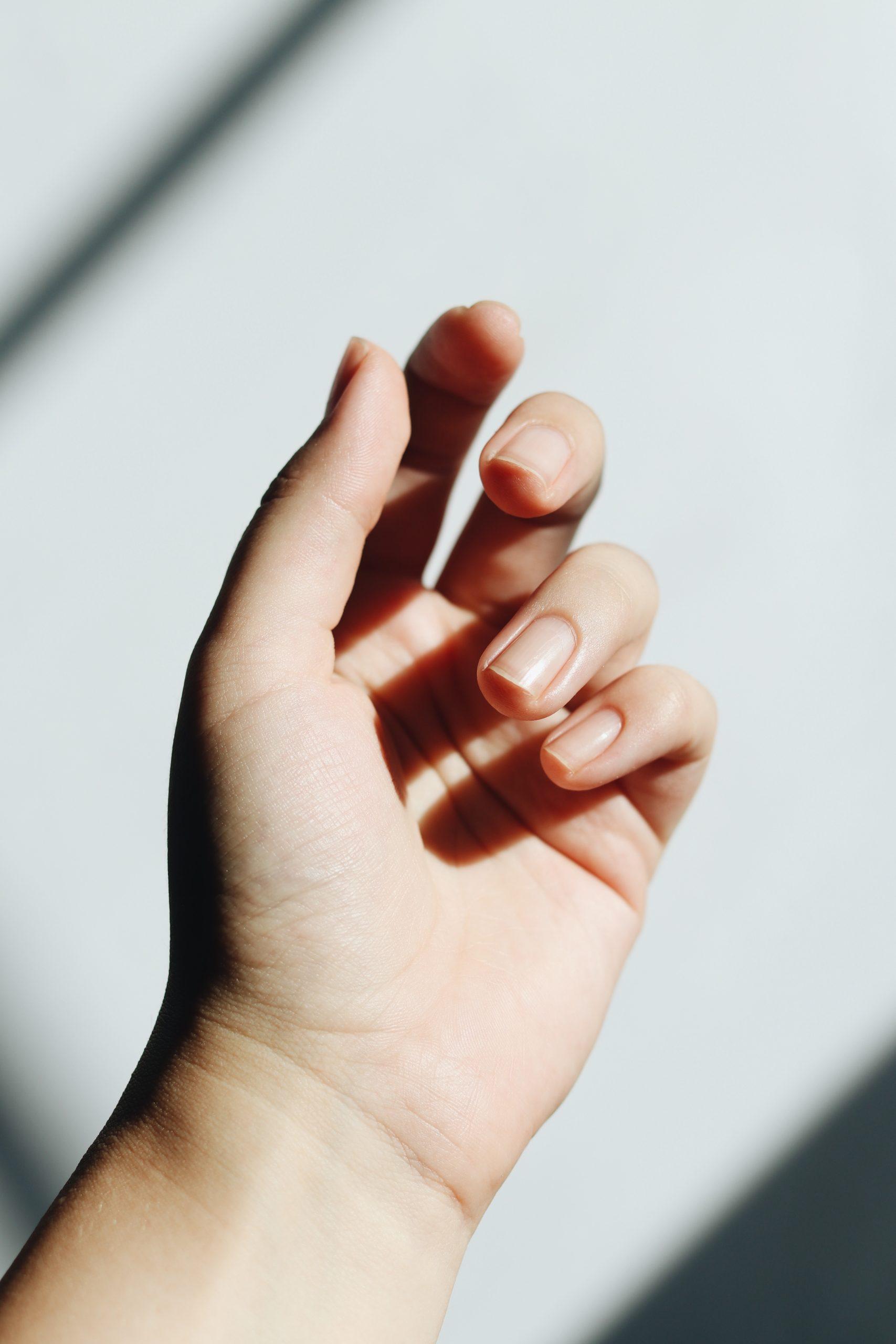Carpal Tunnel Syndrome
Carpal tunnel syndrome affects one of the main nerves, the median nerve, in the hand and tendons. Rheumatoid arthritis, injury, fluid retention during pregnancy, overuse, or repetitive motions may all cause pressure to accumulate within the tunnel. This results in Carpal tunnel syndrome where the hand function starts to diminish. There may be numbness and pain in the hand.
Congenital Hand Conditions
When a child is born with an extra finger, too few fingers, joint fingers or a trigger finger, the condition is known as a congenital deformity. Congenital hand conditions can impair hand function and interfere with proper hand development. The majority of abnormalities can be treated at a relatively young age using surgical procedures.
Cubital Tunnel Syndrome
The cubital tunnel is a tube made of muscle, bone, and ligament at the elbow. Ulnar nerve is a nerve that supplies the little and ring finger and can sometimes get compressed in this tunnel leading to sporadic numbness, tingling, and discomfort. This is known as cubital tunnel syndrome.
Dupuytren’s Disease
A condition known as Dupuytren's Disease affects the skin and underlying tissue on the hand's palm side. Under the skin of the palm, thick tissue develops and may even reach the fingers, pushing them in toward the palm and limiting their range of motion. There is no known cure for this ailment, but there are effective ways, through surgery, to help your hand work better.
Flexor/Extensor Tendon Injury
Flexor tendons help in curling (Flexors) or straightening (Extensors) our fingers. They can be injured when forcefully the fingers are yanked away such as after an accident or while playing sports. They are also injured from cuts to the wrist, forearm, palm, or palm side of your fingers. When you have a chronic illness like rheumatoid arthritis, your muscles are weaker and more prone to tearing. This may also contribute to a flexor tendon injury.
Ganglion Cysts
A round, fluid-filled, non-cancerous tissue mass known as a ganglion cyst is frequently found on tendons or joints. It usually affects the wrist or hand, although it can also happen to the ankle or foot.
Hand Fractures
Broken bones in the hands are known as hand fractures, and they can be brought on by trauma, overuse, or other medical disorders. Pain, swelling, bruising, and trouble using the injured hand are all signs of a hand fracture.
Jersey Finger
When the flexor tendon, which is in charge of bending the finger, is torn, it can result in a finger injury known as a Jersey Finger. When the finger is abruptly forced to straighten, as could happen during a game, this kind of injury generally happens. Pain and swelling at the base of the afflicted finger, trouble bending the finger, and an obvious deformity are all signs of a jersey finger.
Mallet Finger
When the tip of the finger is struck or jammed, the tendon may rupture or pull away from the bone, which can result in the tendon being injured. A mallet finger presents with a bent or drooping fingertip, pain, inflammation, and trouble straightening the finger.
Thumb Base Surgery
Pain, swelling, a restricted range of motion, and trouble using the thumb are all signs of a condition near the base of the thumb. Other signs may include a thumb with , a grinding or clicking sound when the thumb is moved, and a visual deformity. Numerous illnesses, such as tendon injuries, arthritis, or joint instability, might result in these symptoms.
Trigger finger
A trigger finger occurs when the tendon controlling the bending of a finger, cannot move freely within the sheath that encloses it. This may happen if a little lump (nodule) occurs or if a portion of the tendon sheath swells.

